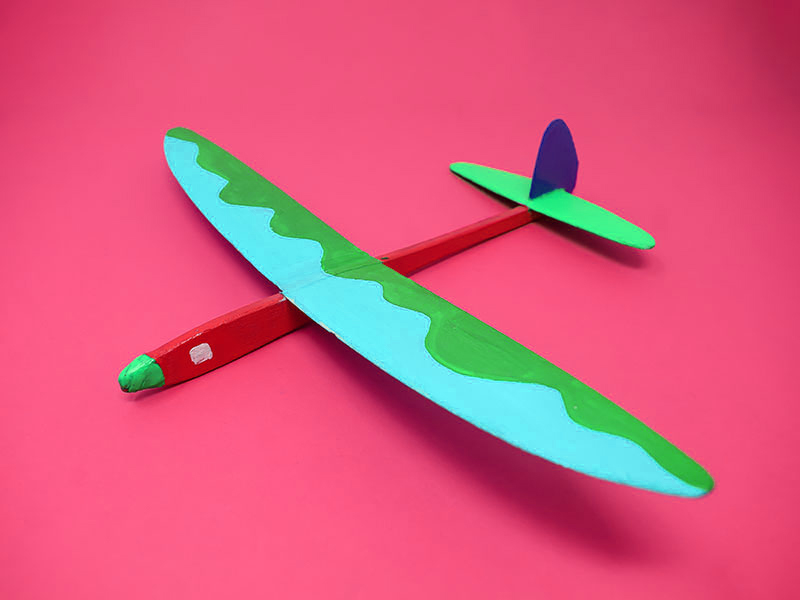In aeromodelling, a variety of building materials are used to construct model aircraft, each with its own set of advantages and disadvantages. Let’s compare and contrast some of the commonly used materials:
- Balsa Wood:
- Pros: Balsa wood is lightweight and easy to work with, making it a popular choice for model aircraft. It has good strength-to-weight ratio and can be easily shaped and sanded. It’s also readily available and relatively affordable.
- Cons: Balsa wood can be fragile and susceptible to damage upon impact. It may require reinforcement for high-stress areas, reducing its overall weight advantage.
- Foam:
- Pros: Foam materials like expanded polystyrene (EPS) or extruded polystyrene (XPS) are lightweight and can be easily molded into complex shapes. They are durable and can absorb impact energy, making them suitable for beginners and for building prototypes.
- Cons: Foam lacks the structural strength of other materials, which can limit the size and performance of models. Additional reinforcement may be needed for larger models or aggressive flying.
- Carbon Fiber:
- Pros: Carbon fiber is incredibly strong and lightweight, providing excellent stiffness and rigidity. It’s often used for high-performance models and aerobatic aircraft. It can be used to create thin, strong structures that resist bending and twisting.
- Cons: Carbon fiber can be expensive and requires specialized tools and techniques for cutting and shaping. It’s also conductive, which can cause interference with radio control systems unless proper precautions are taken.
- Fiberglass:
- Pros: Fiberglass is relatively affordable and offers good strength and durability. It’s commonly used for fuselages and structural components. It’s also easy to work with and can be used with various types of resins.
- Cons: Fiberglass can be heavier compared to other materials like carbon fiber. The construction process involves working with resins, which can be messy and require proper ventilation.
- Plastic (Injection Molded or Vacuum Formed):
- Pros: Plastic materials are versatile and can be molded into intricate shapes. They are durable and can be used for scale models. Injection-molded plastic kits often come with pre-made components, simplifying the construction process.
- Cons: Plastic can be heavier than other materials and may require more power for flight. It’s less commonly used for high-performance or lightweight models.
- Wood Composites:
- Pros: Wood composites, which combine materials like balsa wood and carbon fiber, offer a balance between strength and weight. They can provide the benefits of both materials, resulting in versatile and capable aircraft.
- Cons: Creating wood composites may require specialized knowledge and techniques. The cost can also be higher due to the combination of materials.
- Depron:
- Pros: Depron is a type of lightweight foam that is easy to cut and shape. It’s commonly used for indoor or park-flyer models due to its low weight and versatility.
- Cons: Depron may lack the durability required for larger or outdoor models. It may not be suitable for more aggressive flight maneuvers.
Ultimately, the choice of building material depends on factors like the type of model, intended use, budget, and builder’s skill level. It’s common to see a combination of materials used in a single model to optimize its performance and durability.

